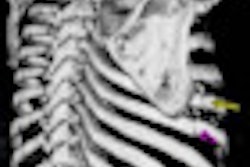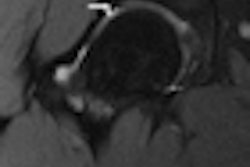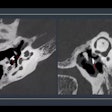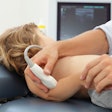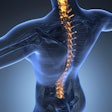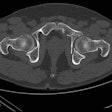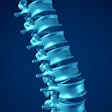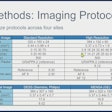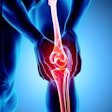Dear Musculoskeletal Imaging Insider,
If you watched any of the hockey games from the 2010 Winter Olympics, you witnessed the high level of competition and physicality among the world's top players. It should be no surprise, then, that pain in the hip and groin is quite common among these athletes.
A new study from the Penn State Hershey Medical Center found that 70% of healthy professional and collegiate hockey players had abnormal hip and pelvis MRI scans, even though they had no symptoms of injury.
The authors say the results should serve as a caution to surgeons that they should not rely excessively on MRI scans to diagnose and plan a course of treatment or surgery for patients. Click here for an exclusive first look at this informative research.
Also in this issue, associate editor Cynthia E. Keen reports on a new study that indicates that breech babies at risk of hip dysplasia might benefit from an extra imaging exam beyond current clinical guidelines.
Pediatric orthopedic specialists at Rady Children's Hospital in San Diego recommend that breech infants with normal clinical and screening ultrasound exams performed at 6 weeks of age have another clinical and radiology exam to identify hip dysplasia when they are between 4 months and 6 months old.
In addition, senior editor Erik L. Ridley details how the development of new computer-aided detection (CAD) applications for musculoskeletal use could help revitalize the technology. He writes that CAD may offer significant value in assisting radiologists with tedious clinical tasks, such as labeling pathology and detecting, characterizing, and visualizing bone fractures, according to research from the University of Pittsburgh Medical Center.
Finally, researchers from France have found that whole-body dynamic contrast-enhanced MRI can help assess treatment response in patients receiving stem cell therapy for multiple myeloma by providing quantitative analysis of bone marrow and focal lesion enhancement. The additional patient information may help detect residual disease following high-dose therapy and autologous stem cell transplantation, and identify which patients might benefit from modified therapy.
Keep in touch with the Musculoskeletal Imaging Community on a daily basis for the latest news and most recent research developments.




